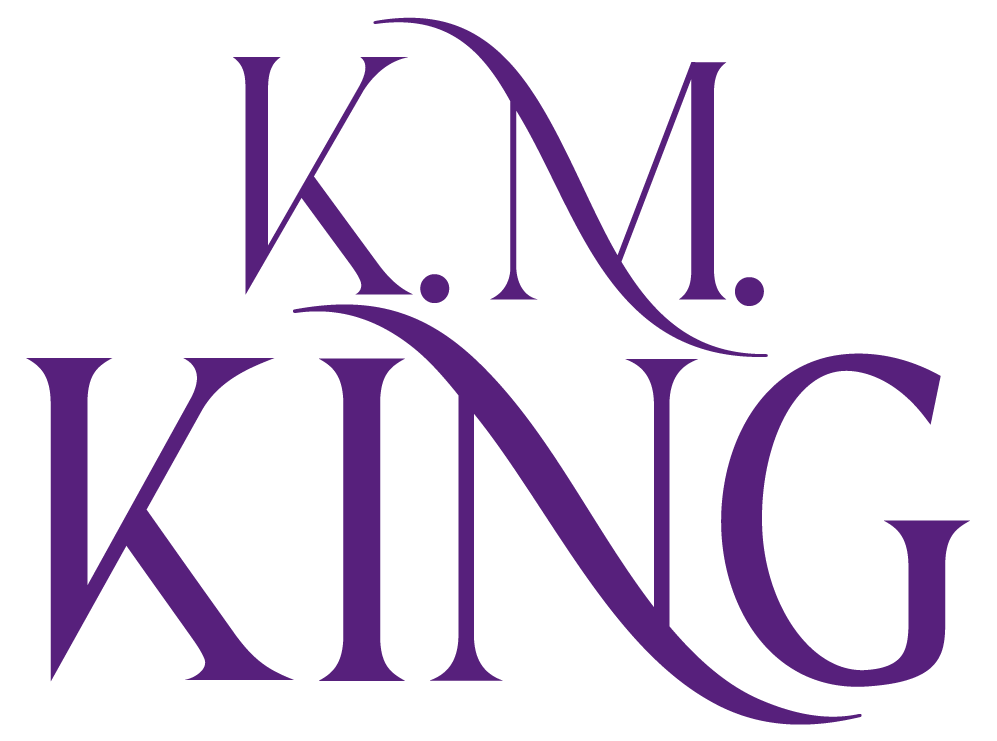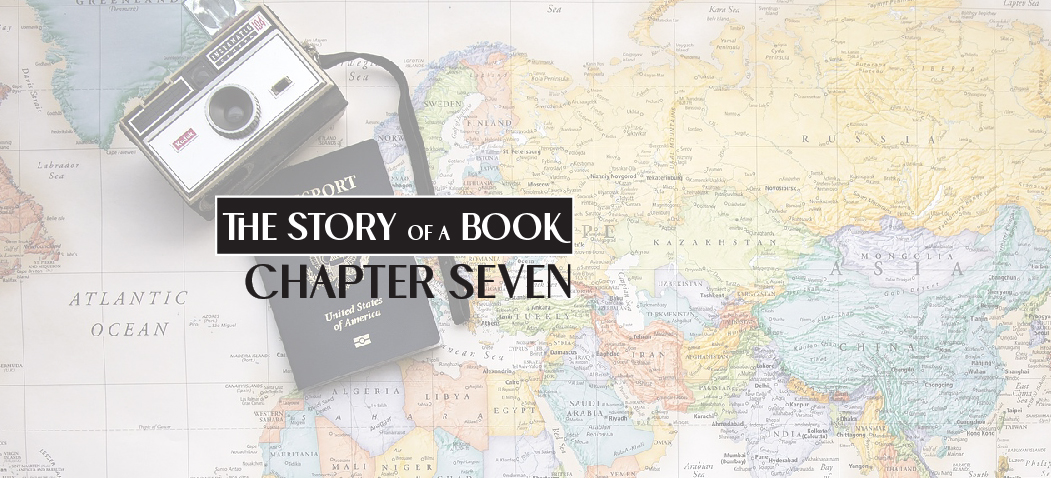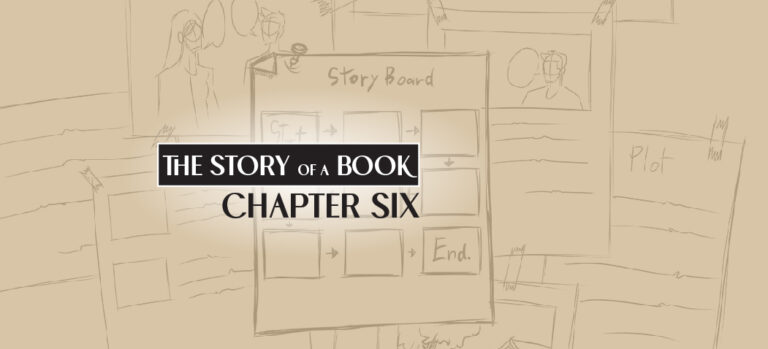The Bomber Jacket from First Page to Finally, Published!
Key Scenes – Plot Points Become Paragraphs
As I said in Chapter 3 of this Story of a Book, writing The Bomber Jacket involved more detailed plotting and planning than I’d ever done as a novelist. Before writing The Bomber Jacket, I had written a four-part young adult fantasy series, Jenna’s Journey, the first of which, The Bronze Key, is being published by Wild Ink Publishing in August of 2025.
That series of books flowed from my imagination to the page. There was no plotting, planning, or pondering where the story was going. I didn’t know. I just wrote it as it appeared to me. There were months when nothing appeared. No wonder it took me ten years to write those four stories.
However, my approach to The Bomber Jacket was completely the opposite, as I have been detailing in the last several chapters of this series. And as I’ve mentioned, I relied heavily on the advice and guidance from The Weekend Novelist by Robert J. Ray. After choosing the setting, developing my main characters, doing extensive research on World War II and the customs and culture of the times, and learning the tool of storyboarding, I was ready to write my key scenes.
This was not one of those books that you “begin at the very beginning, a very good place to start…” Yes, you begin at the beginning with your opening scene, but then you write the closing scene. Yep. The very last scene. And following that you develop the scenes at Plot Point 1, the Midpoint, Plot Point 2 and the Cathartic scene (the high point of the novel, the ah-ha moment).
All of this is based on Aristotle’s Incline, a diagram often used in screenwriting, which lays out your story in three acts. The key scenes are like anchors nailing down the story line and giving it clear direction.

Writing these key scenes first, especially the very last scene, seemed counterintuitive. I mean, shouldn’t you write your way through your story until you get to the end? Shouldn’t your characters tell you their story? That’s how I wrote Jenna’s Journey. However, but this different and exacting approach enabled me to handle The Bomber Jacket’s complicated plot and timeline.
Three time periods are interwoven in my World War II novel: Part I begins in 1997, Part 2 takes place in 1939-1944, and Part 3 shifts between 1944 and 1997. I had to think of each section as a separate book with its own set of plot points, and also consider all three sections as an entire story.
Not that my initial drafts of these scenes were set in stone. My original opening scene begins:

Six weeks before her twenty-fourth birthday, Carrie Sue Schmidt began to have a series of vivid dreams that were so real she woke up seeing airplane cockpits, smelling fuel oil and hearing a lilting Scottish accent.
It was weeks before she realized that the dreams began the Saturday she had the worst fight she ever had with her grandmother.
The Saturday she bought her bomber jacket.
It had a fleece collar and deep pockets and was a wonderful faded brown. It was well worn. Cozy. And fit perfectly. Carrie was a tall girl who had to search hard to find jackets that covered her wrists and jeans that covered her ankles. The bomber jacket was a real find.
The name of the main character the final published version isn’t even the same as it was in my initial opening scene, let alone the setting. Much of that scene appears in the first chapter, but not in the opening scene as it now appears in the book:
Three five six point six. Three five six point five. Three five six point four.
Beth mouthed the mileage markers as they blipped by the passenger window in a green blur, keeping time with her right foot on the floorboard of the car.
“Do you have your passport, Susie Q?”
“Yes, Grandpa,” Beth replied. “It’s right here, same place it’s been since we left the house.” She patted the thin, black passport purse hanging around her neck. “My ticket too.”
After three-and a-half years of attending college part-time, she had finally accumulated enough credits to be a junior, and more than enough funds in her bank account for this very ticket to Scotland. Her first choice had been England, the country of her literary heroes—William Shakespeare, Lord Byron, and Jane Austen among them. But she had gotten enough signs to encourage the switch and ignore her grandparents’ objections. Particularly those unnerving dreams.
A slight smell of old leather had drifted up when she patted her purse. She sniffed appreciatively, never tiring of the scent or feel of her vintage RAF bomber jacket. Her grandfather Henry’s aftershave, with its hint of pine trees and burnt wood, also hung in the car’s confined space. A gift from a long-lost friend in 1941.
Her bomber jacket had been a gift to herself. Her grandmother Naomi called it “an ugly thing from a war that everyone wants to forget.”
My original closing scene has long since been revised and revised and is now three chapters from the end of the book. The end of the story is completely different from the way I first wrote it.
Amazingly enough, my other original key scenes—Scene at Plot Point I, Scene at Midpoint, Cathartic Scene–are still similar. I never did write a specific Scene at Plot Point 2. I don’t want to name those scenes, nor describe them, because they would spoil the story for you if you haven’t yet read The Bomber Jacket.
Once I had the key scenes written, I then could determine what scenes I needed to get from plot point to plot point. I began by naming those scenes in chronological order, with a one sentence description for each.
Then I was read to begin writing the first draft.
That’s Chapter 8.







